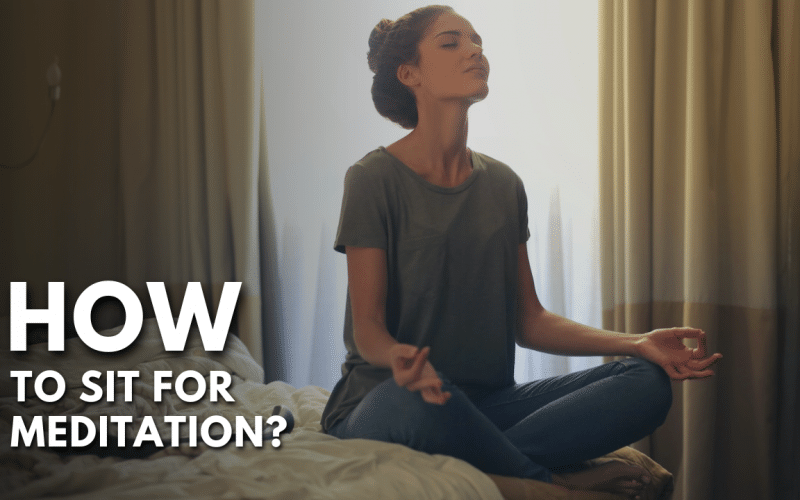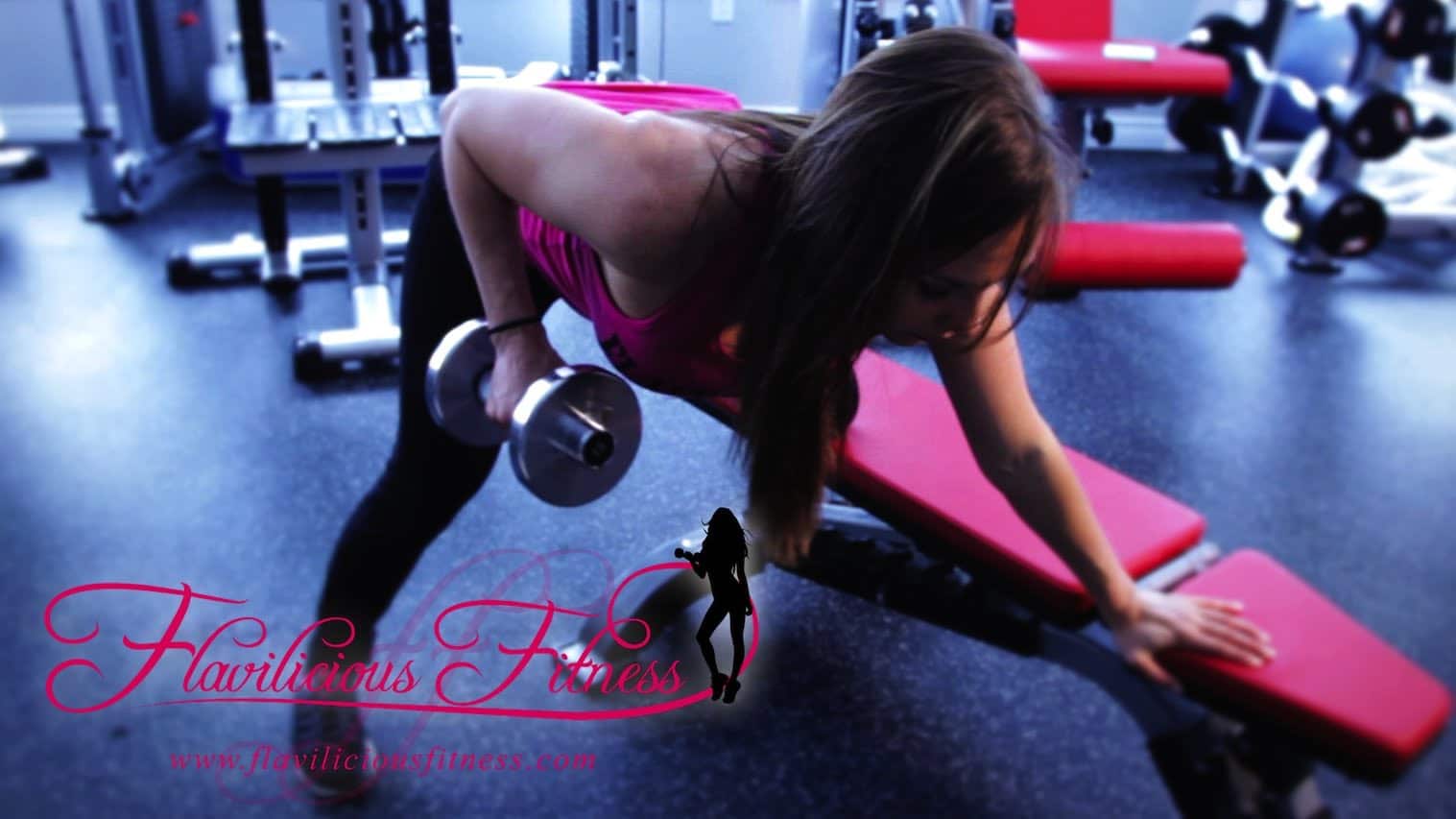Meditation, an ancient art, requires more than a quiet mind. Proper posture during meditation is often underestimated, yet it plays a significant role in facilitating effective practice.
This article aims to provide a comprehensive understanding of various sitting styles, how to choose the right one, and how to prepare for sitting meditation. Additionally, we will cover tips on proper alignment and common mistakes to avoid in your practice.
The Significance of Proper Sitting in Meditation
The significance of sitting correctly during meditation is profound, impacting both this practice’s physical and mental components. Here are the key points explaining why it’s so crucial:
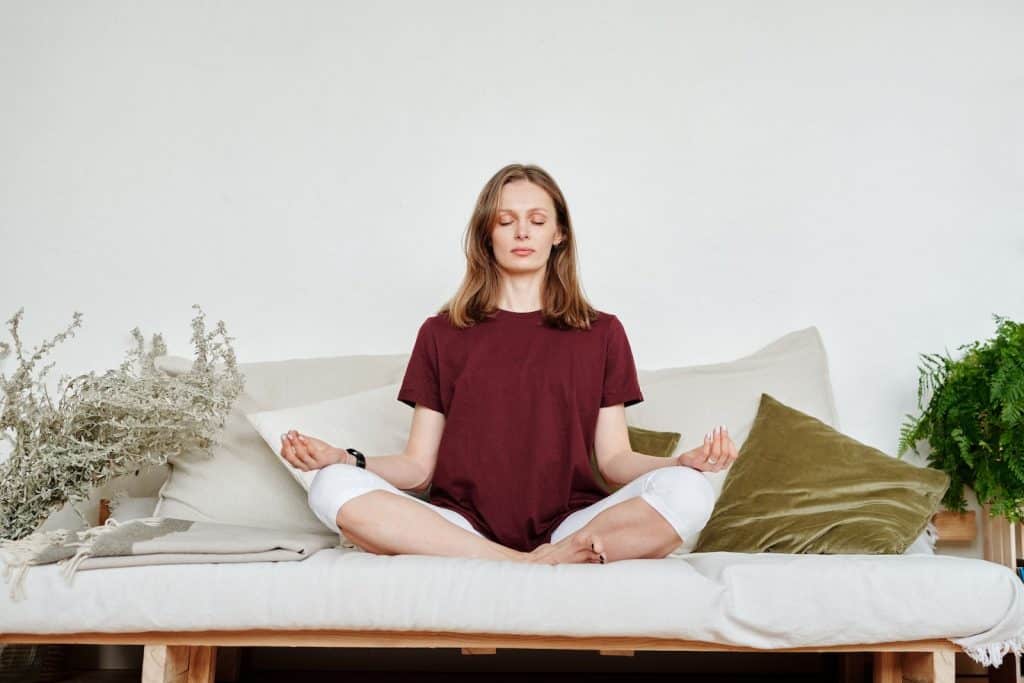
- Creating a Bridge Between the Mind and the Body: A proper meditation posture connects your mind and body. This balance is a fundamental concept in numerous philosophical schools of thought. When your body assumes a stable position, it complements the mind’s quest for tranquillity and clarity.
- Boosting Focus and Mindful Awareness: An erect, alert posture is synonymous with alertness and is conducive to heightened concentration. Sitting appropriately decreases the likelihood of feeling sleepy or losing focus, helping you maintain consistent mindfulness of your internal thought processes and sensations.
- Eliminating Physical Distractions: The correct posture can keep unnecessary physical strain and unease at bay during meditation. Balanced postures that promote a straight yet relaxed spine ease in the shoulders, and overall bodily comfort can reduce the possibility of physical discomfort acting as a distraction.
- Encouraging Lengthier Practice: Comfortably sitting translates into the ability to meditate for extended periods. An optimal posture that maintains an evenly balanced weight can mitigate restlessness, promoting prolonged, uninterrupted meditation sessions.
- Cultivating Discipline and Dedication: Preserving a confident posture over an extended period can also nurture a sense of discipline and dedication toward your meditation practice.
- Long-term Health Advantages: Consistently observing proper sitting can also result in long-term health advantages. For instance, it can contribute to improved spinal health, better posture in public life, reduced back discomfort, and amplified body awareness.
Understanding Different Styles of Meditation Sitting Positions
It is essential to understand different sitting positions and make the choice that best aligns with your personal comfort and practice goals. Let’s take a deeper look at the various sitting positions for meditation.
Burmese Position
The Burmese position, regarded as an intuitive entry point for many, is characterized by a cross-legged sitting arrangement where both feet are placed flat on the floor, one positioned ahead of the other.
This posture garners wide acceptance due to the substantial support base it establishes. It is ideal for novices or individuals confronting limited flexibility, offering requisite equilibrium without causing unnecessary joint stress.
Seiza Position
Originating from Japanese Zen meditation practices, the Seiza position requires an individual to kneel before settling back onto their heels.
Initially, beginners might find it slightly uncomfortable, but it typically morphs into a comfortable posture as time progresses. Meditation practitioners can augment their comfort by incorporating aids such as meditation benches or cushions.
Half-Lotus Position
An advancement from the Burmese position, the Half-Lotus position is a cross-legged posture where one foot is strategically placed onto the opposite thigh, and the other foot nestles under the other thigh.
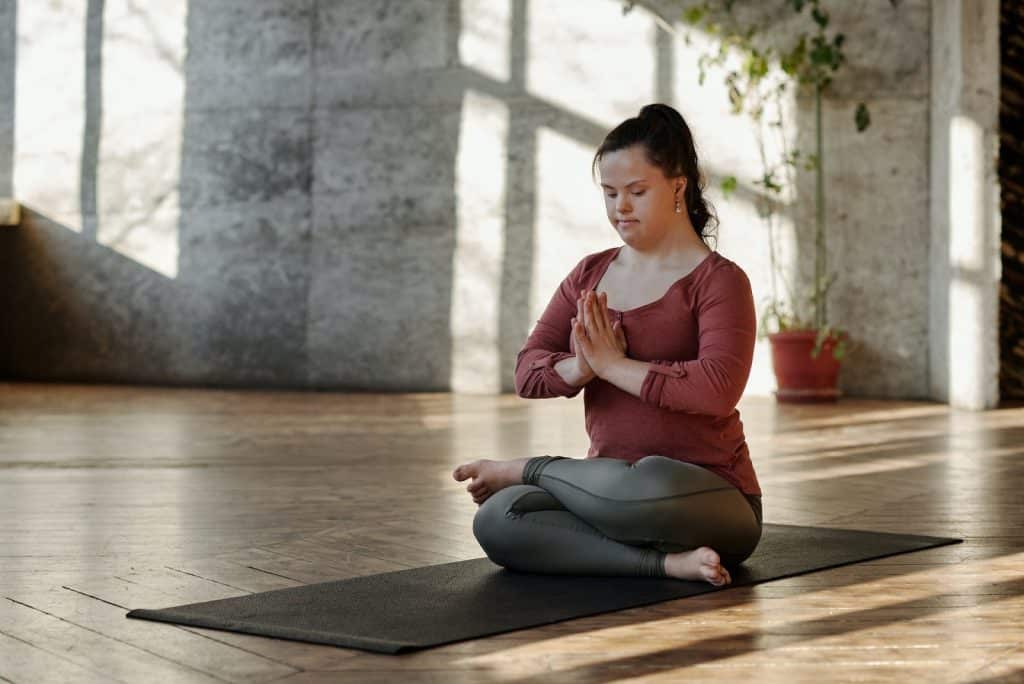
This posture exhibits enhanced stability, albeit demanding more flexibility. Regularly adhering to this posture often makes many practitioners find it comfortably stable.
Full Lotus Position
Revered for its intrinsic stability and symmetry, the Full Lotus position requires significant flexibility. Here, both feet find rest on the opposite thighs.
This posture can instill a profound sense of grounding and stability, but it’s crucial not to coerce the body into this position to evade potential strain.
Chair Sitting
This posture is tailored for those who find floor sitting daunting or uncomfortable due to different physical restrictions.
An individual maintains an erect spine while sitting on a chair, with their feet firmly grounded on the floor. Confirming that the chair provides sufficient support to sustain appropriate alignment is crucial.
Determining the Most Suitable Meditation Position for You
The choice of an appropriate sitting position for meditation can significantly influence your comfort and the effectiveness of your practice. This decision should be personal, reflecting various considerations.
- Evaluate your physical prowess and constraints: Different meditation positions demand varying degrees of flexibility and strength. E.g., while the Full Lotus position calls for significant flexibility, positions like Burmese or Chair Sitting are more beginner-friendly or suitable for individuals with physical restrictions.
- Assess your comfort quotient: Comfort is pivotal in enabling longer meditation sessions without distractions caused by discomfort or pain. Test out different positions and supporting tools, such as cushions for benches, to discover the most comfortable arrangement for you.
- Think about your meditation environment: If you’re meditating in a limited space, such as an office, opting for Chair Sitting could be more feasible.
- Introspect on your meditation objectives: If enhancing mindfulness and concentration is your primary goal, a position that fosters alertness might be the best fit. If relaxation or stress relief is the aim, a more reclined position could be preferable.
Relationship Between Meditation and Posture
The relationship between meditation and posture is quite significant. Here’s why:
Comfort and Sustainability
First and foremost, a good meditation posture allows you to meditate for a more extended period without discomfort.
If your posture is poor, you may experience physical discomfort or pain, which can distract your mind and make it hard to focus. In contrast, if you find a comfortable and sustainable position for a while, your body will not become a source of distraction.
Alertness
Many meditative traditions recommend sitting upright to promote mental alertness. When you recline or lie down, you might be more prone to drowsiness or daydreaming, and sitting upright can help you maintain your focus and avoid falling asleep.
Breath Control
Posture can also affect your breathing, which is central to many forms of meditation. If you’re slumped over, it can be harder to breathe deeply because your diaphragm doesn’t have as much space to expand. Sitting or standing up straight can allow for deeper, more controlled breaths.
Energy Flow
In some spiritual traditions, posture is believed to influence the flow of subtle energy (or “prana” in Sanskrit, “qi” in Chinese). In these contexts, correct posture facilitates the smooth flow of this energy and thereby supports deeper meditative states.
Body Awareness
Lastly, you are already practicing mindfulness by paying attention to your posture. You are grounding yourself in your body’s physicality, which can be a simple form of meditation in and of itself.
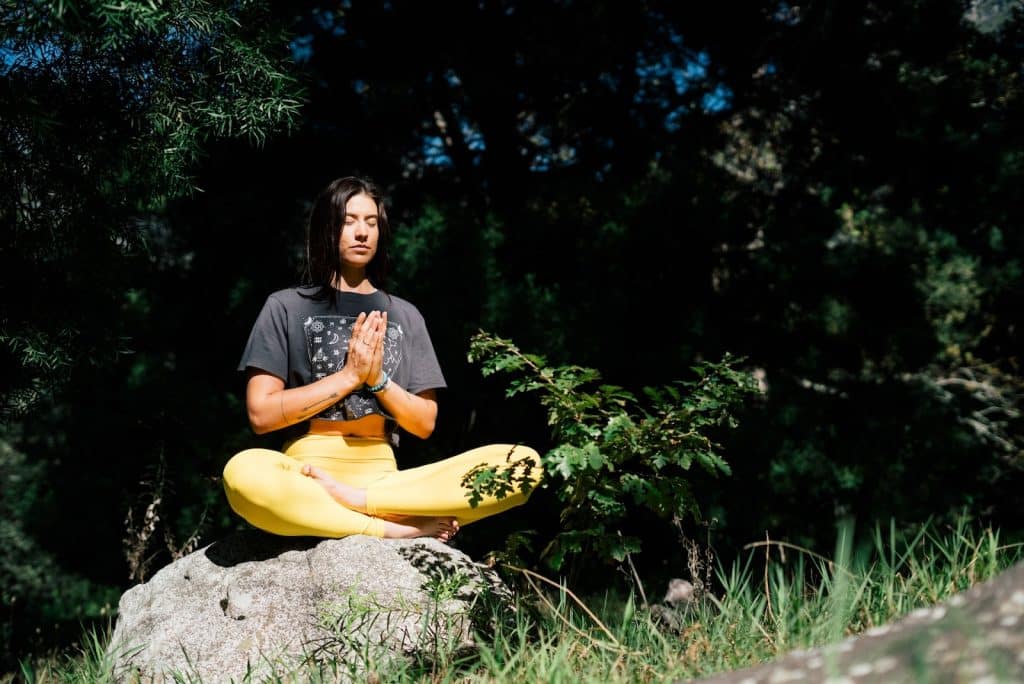
Things To Keep in Mind
Here are some key points to consider while sitting in meditation:
- Posture: The position of your body can significantly affect your meditation practice. Sitting with your back straight is essential to promote proper breathing and mental clarity. You can sit on a chair, a floor cushion, or a meditation bench. Your neck should align with your spine, and your hands can rest on your knees or lap.
- Breathing: Pay attention to your breath, but don’t control it. Just observe the natural rhythm of your breathing as it goes in and out.
- Focus: In most types of meditation, you’re supposed to focus on one point. This could be your breath, a word or phrase (mantra), a visual object, or even the sensations in your body.
- Letting Go of Thoughts: One of the biggest challenges in meditation is dealing with the constant stream of thoughts. When you notice that your mind has wandered gently and is without judgment, bring your focus back to your point of concentration.
- Consistency: Consistency is vital in meditation. Meditating for short periods every day is more beneficial than for more extended periods less frequently.
- Comfort: While it’s essential to sit up straight, it’s also crucial that you’re comfortable. Pain or severe discomfort can be a distraction.
- Expectations: Don’t meditate with the expectation of having a clear mind or achieving a particular state. This can lead to frustration and resistance. Instead, observe what happens without attachment.
- Patience: Feeling restless, bored, or impatient when you first start meditating is normal. Be patient with yourself and recognize that these feelings are part of the process.
- Awareness: Be aware of your physical sensations, thoughts, and emotions. This mindful awareness is a vital part of meditation.
- Acceptance: Accept what arises during meditation without judging or trying to change it. This includes accepting thoughts, feelings, and sensations that come up.
Conclusion
Understanding how to sit in meditation can significantly enhance your practice and make it a more enjoyable, beneficial experience.
You can maintain comfort and focus for extended periods with the correct posture. You can cultivate a sense of inner peace and mindfulness by mastering the art of observing your breath and honing your focus.
Recognizing and accepting the nature of your wandering mind is equally crucial, teaching you patience and the ability to bring your attention back to the present moment gently.
Consistency in your practice, combined with a non-judgmental attitude, will help you experience the profound benefits of meditation.
Remember, the journey of meditation is personal and unique to everyone. There’s no ‘perfect’ way to do it, only the best way for you. Enjoy the exploration, and be patient and kind to yourself.
